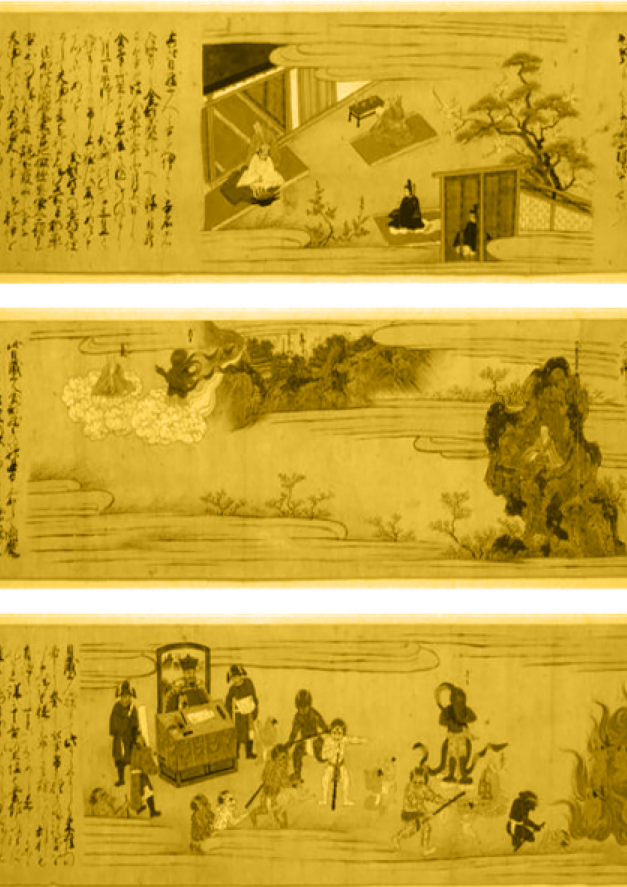Japanese Handscrolls and Digital Explorations
The Problems and Challenges of Re-/Presentation
Identifiers (Article)
Abstract
Japanese illuminated narrative handscrolls (emaki, literally “painting-scroll”) are composed of a complex materiality. Consisting of alternating script passages and paintings that are unrolled from right to left, handscrolls are of an oblong, horizontal materiality that might cover up to dozens of meters. Building on previous pivotal reflections on the digital state of affairs that has spurred new perspectives in the history of European art, this project investigates the specific problems and challenges in re-/presenting the specific materiality of Japanese handscrolls. Of concern are not only book publications and museum spaces, but also website interfaces and computer screens. At the center of investigation are both East Asian, here specifically Japanese, materiality and practices of viewing, and hermeneutics. By scrutinizing existing digital projects on Japanese handscrolls, this research focuses on the following two areas of inquiry:
a) critical reflection of the mediating power of the digital image, and
b) the exploration of new modes of digital representation of Japanese handscrolls.
The latter focuses on three fields of inquiry: materiality, practice, and locality.
Statistics





